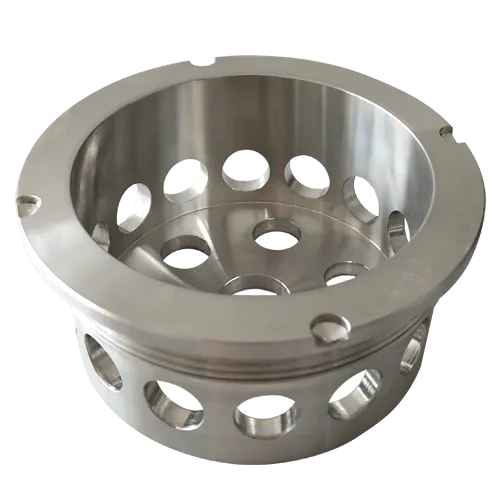Mobile:+86-311-808-126-83
Email:info@ydcastings.com
super alloy casting
Super Alloys and Their Role in Casting Technology
Super alloys, also known as high-performance alloys, have gained immense importance in various industries due to their exceptional mechanical properties and resistance to extreme environments. These materials are primarily utilized in applications requiring high strength, corrosion resistance, and thermal stability. The casting of super alloys is a critical process in manufacturing components for aerospace, automotive, and energy sectors, among others. This article delves into the significance of super alloys in casting technology, highlighting their composition, casting methods, and applications.
What are Super Alloys?
Super alloys are primarily classified into three categories nickel-based, cobalt-based, and iron-based alloys. Nickel-based super alloys are the most commonly used, particularly in high-temperature applications. These alloys typically contain significant amounts of nickel, combined with other elements such as chromium, molybdenum, and titanium, providing exceptional resistance to oxidation and creep deformation. Cobalt-based super alloys, while less common, are renowned for their excellent wear resistance and are often used in gas turbine components. Iron-based super alloys, on the other hand, are more cost-effective but generally possess lower corrosion and oxidation resistance compared to their nickel and cobalt counterparts.
Casting Methods for Super Alloys
The casting of super alloys necessitates specialized techniques to ensure the material's desirable properties are retained. Traditional casting methods, such as sand casting, are often unsuitable because they can introduce impurities or degrade the microstructure of the alloy. Instead, processes like investment casting and directional solidification are preferred.
Investment Casting This technique, also known as lost-wax casting, allows for the production of complex geometries and high precision. In this process, a wax model is coated with a ceramic shell. Once the shell hardens and the wax is removed, molten super alloy is poured into the cavity, forming the desired shape. Investment casting is particularly advantageous for components with intricate designs, such as turbine blades and engine components.
super alloy casting

Directional Solidification This method focuses on controlling the solidification process to enhance the mechanical properties of the alloy. By ensuring that the alloy solidifies in a specific direction, the microstructure can be optimized for better strength and fatigue resistance. Directional solidification is crucial for parts exposed to high temperatures, such as turbine blades, where performance and reliability are paramount.
Applications of Super Alloy Castings
Super alloy castings play a crucial role in various industries, particularly aerospace and energy. In aerospace, they are used to manufacture components like turbine blades, combustion chambers, and exhaust systems, which must withstand extreme temperatures and pressures. The ability of super alloys to maintain their strength and corrosion resistance at elevated temperatures makes them indispensable in jet engines and gas turbines.
In the energy sector, super alloy castings are vital for the production of components in power generation systems, such as gas turbines and nuclear reactors. These applications require materials that can operate efficiently in harsh environments without compromising structural integrity. Super alloys not only enhance the performance of these systems but also contribute to their longevity and reliability.
Conclusion
The advancements in casting technology for super alloys have opened new avenues for their application across various industries. With the continuous demand for high-performance materials, ongoing research is focused on improving the casting processes and developing new super alloys with enhanced properties. As industries strive for greater efficiency and reliability, the role of super alloys in casting technology will only become more significant, driving innovations that meet the challenges of the modern world. The future of manufacturing relies heavily on these materials, which promise to deliver not just components, but also the performance that advanced applications require.
-
Understanding Metal Casting TechniquesNewsApr.02,2025
-
Understanding Exhaust Manifolds for Enhanced Engine PerformanceNewsApr.02,2025
-
The World of Metal FabricationNewsApr.02,2025
-
Key Components for Pump and Turbo EfficiencyNewsApr.02,2025
-
Essential Tools for Automotive Maintenance and RepairNewsApr.02,2025
-
Durable Valve Components for Effective Water ManagementNewsApr.02,2025











